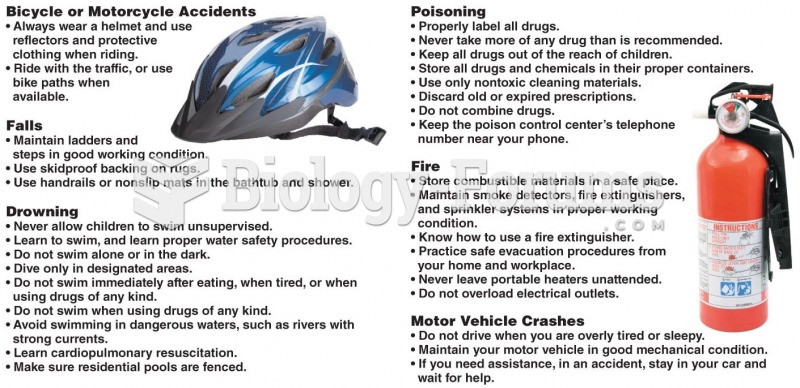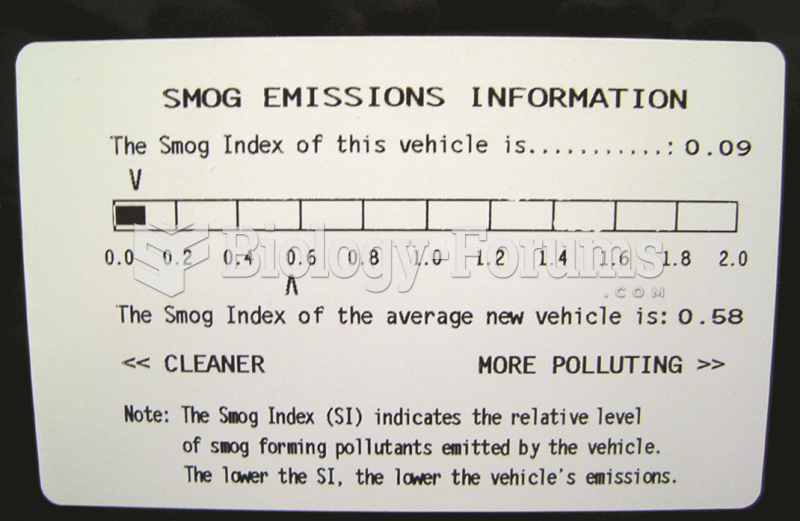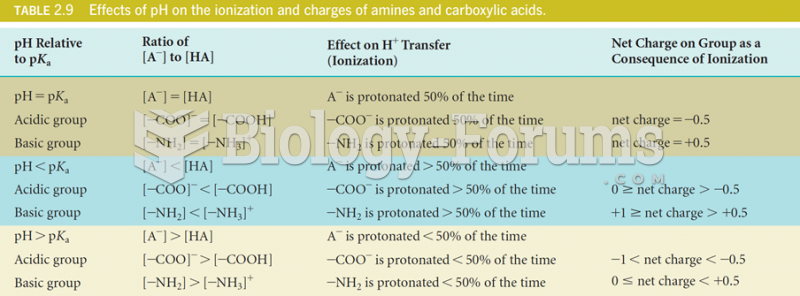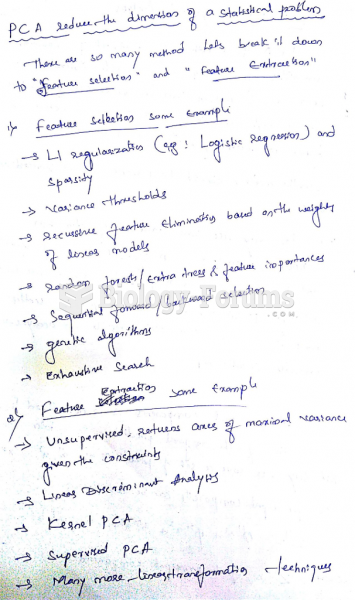Answer to Question 1
An emissions tax or pollution charge on the producers of the activities that generate pollution or other negative externality will force these producers, when deciding about their level of production, to take account of the external costs they impose on society. Producers' costs increase and, in response, they decrease their production, which decreases pollution emissions. For cap-and-trade, the regulating agency first determines the total amount of pollution to be allowed. Each firm that might potentially pollute is then assigned a permitted amount of pollution to be emitted per period and is allocated sufficient permits to allow this amount of pollution. For any firm to exceed this amount, it must buy permits held by another firm. Each firm faces an opportunity cost for selling its emissions permits, namely the cost of cleaning up its pollution. The price of buying an extra permit will reflect the opportunity cost of the firm that sells the permits. Those firms with lower costs of cleaning pollution will sell their permits to those firms with higher costs. The total amount of pollution emitted will equal the total amount allowed.
Answer to Question 2
1. The Dow Jones Industrial Average, which is an index of the stock prices of 30 large U.S. corporations.
2. The S&P 500, which is an index prepared by Standard & Poor's Corporation and includes the stock prices of 500 large U.S. firms.
3. The NASDAQ Composite Index, which includes the stock prices of more than 4,000 firms whose shares are traded in the NASDAQ stock market. NASDAQ is an over-the-counter market, meaning that buying and selling on NASDAQ is carried out between dealers who are linked together by computer. The listings on NASDAQ are dominated by high-tech firms such as Apple, Facebook, and Twitter.







